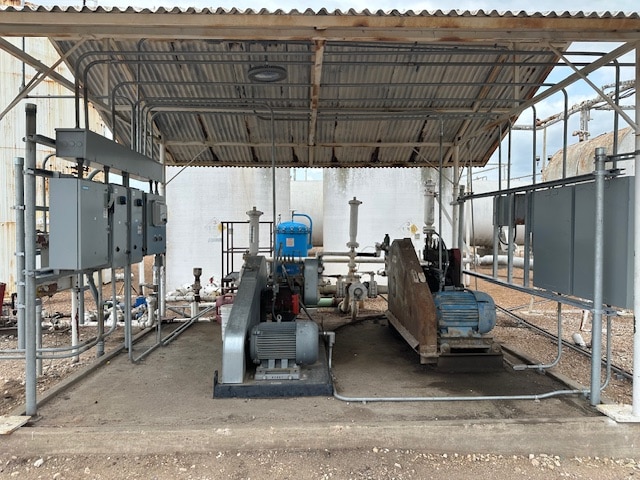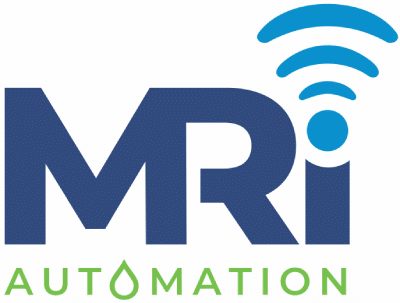Optimizing Safety and Efficiency: Implementing a PLC-Based Control System in SWD Operations
Project Overview
Objective
The objective of upgrading the SWD control system was to modernize an outdated, non-fail-safe system to a more reliable and automated solution. The previous system required extensive manual operation, demanding continuous operator intervention and lacked the necessary safety alarms for fail-safe operations.
The goal was to implement a system that could automatically start/stop without operator intervention and incorporate fail-safe shutdown alarms to enhance overall safety and efficiency.


Challenges - Client's Limitations
The client faced several critical challenges with the old control system. The motor control wiring was patched and spliced over many years becoming unreliable creating operational inefficiencies and safety risks. There was no system to log alarm history or facilitate data trending, making it difficult to track system performance or anticipate potential failures.
Solution Details
The new PLC-based control system was designed to address all the pre-existing issues.
Key features included:
- Alarm History and Trending Capabilities: Enabled tracking and analysis of operational data for pressure and level, allowing for proactive maintenance and system adjustments.
- Automated Skim Oil Management: Automating the skim oil process reduced the need for manual monitoring, freeing up operator time and reducing human error.
- Fail-Safe Alarms: Enhanced safety protocols ensured that in the event of a failure, the system would safely shut down, preventing accidents and equipment damage.
Execution and Challenges
Implementation involved meticulous pre-planning, including drafting the Cause-and-Effects matrix and managing operational changes through an MOC (Management of Change). A comprehensive function test before commissioning ensured that the system was fully operational, leading to a smooth transition back to full operational status without significant downtime. Despite the complexity of integrating new technology, the process was executed efficiently with minimal obstacles.


Outcomes and Benefits
Post-upgrade, the client experienced substantial improvements in operational efficiency and safety.
Key outcomes included:
- Increased Operational Uptime: The system’s reliability improved, reducing downtime and enhancing productivity.
- Enhanced Diagnostic Capabilities: Quick identification and resolution of issues through detailed alarm histories and data trending.
- Reduced Operator Intervention: The automation features significantly reduced the need for manual monitoring allowing staff to focus on more critical tasks.
Client Satisfaction:
The feedback from the client was overwhelmingly positive. The management team expressed a significant increase in confidence regarding the safety and reliability of the SWD operations. They highlighted the system’s smooth operations and the peace of mind that came with the new fail-safe features as the most beneficial aspects of the upgrade.
Learn more about our Services
Services You Can Trust
Experience
70+ years of industry expertise
Wireless Solutions
Simplify your value chain with our solutions
